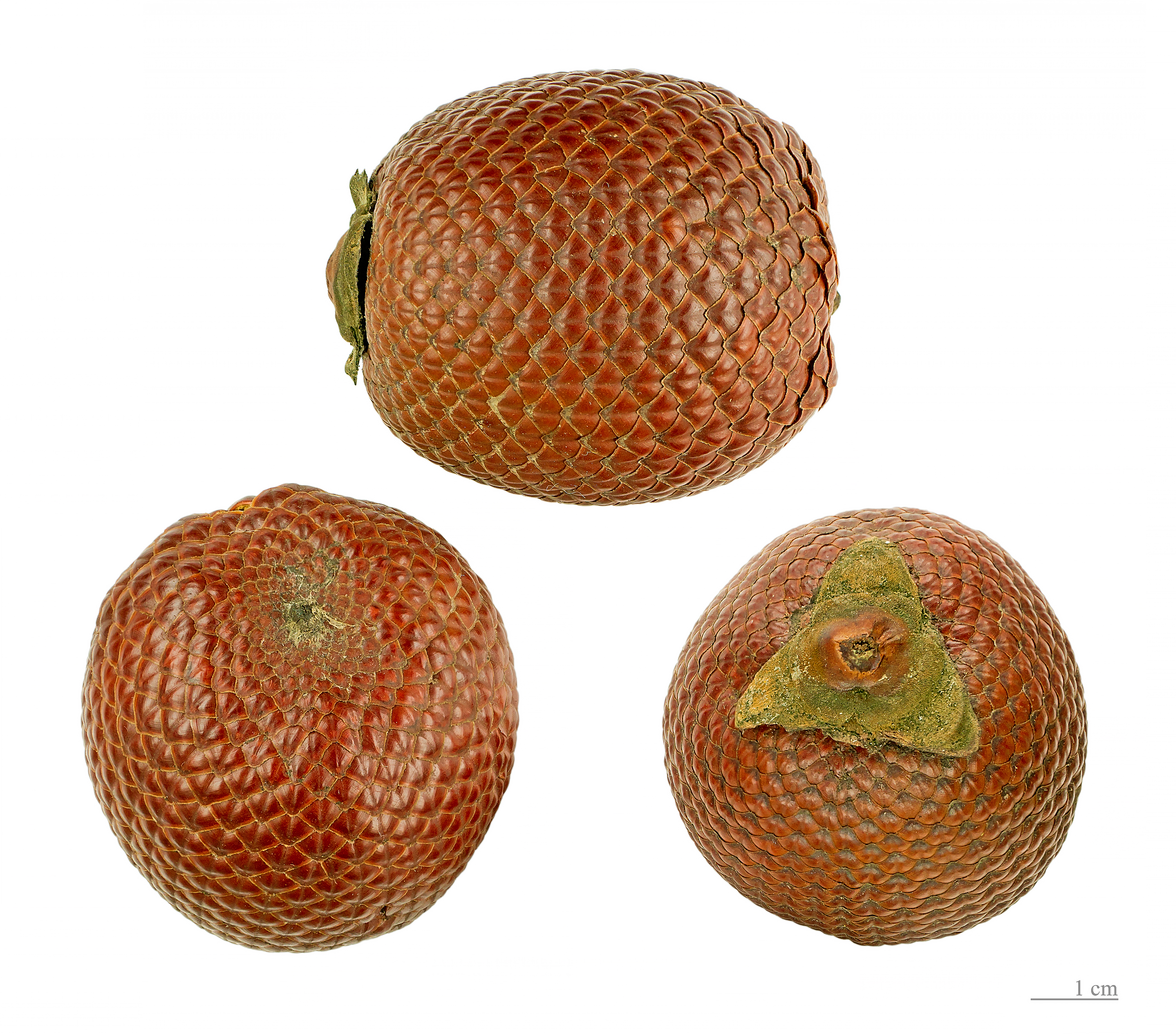|
Syngonanthus Nitens
''Syngonanthus nitens'' is a grass-like species of Eriocaulaceae which exists in the region of Jalapão, state of Tocantins, Brazil - the region is part of the Brazilian cerrado. Its main characteristic is the bright and gold color, hence their common name "capim dourado", which literally means "golden grass". The making of handicrafts from ''S. nitens'' began in Jalapão, in the Afro-Brazilian community of Mumbuca in the municipality of Mateiros. Indigenous people, probably from the Xerente ethnic group, taught the art to local inhabitants when passing through the region around the 1930s. The handicrafts are made of coils of ''S. nitens'' scapes sewn tightly together with strips from the Moriche Palm ''Mauritia flexuosa'', known as the moriche palm, ''ité'' palm, ''ita'', ''buriti'', ''muriti'', ''miriti'' (Brazil), ''canangucho'' (Colombia), ''acho'' (Ecuador), or ''aguaje'' (Peru), is a palm tree. It grows in and near swamps and other wet ...'s (''Mauritia flexuosa'') you ... [...More Info...] [...Related Items...] OR: [Wikipedia] [Google] [Baidu] |
Eriocaulaceae
The Eriocaulaceae are a family of monocotyledonous flowering plants in the order Poales, commonly known as the pipewort family. The family is large, with about 1207 known species described in seven genera. They are widely distributed, with the centers of diversity for the group occurring in tropical regions, particularly the Americas. Very few species extend to temperate regions, with only 16 species in the United States, mostly in the southern states from California to Florida, only two species in Canada, and only one species (''Eriocaulon aquaticum'') in Europe. They tend to be associated with wet soils, many growing in shallow water. This is also reported from the southern part of India and the regions of Western Ghats hot spots. The species are mostly herbaceous perennial plants, though some are annual plants; they resemble plants in the related families Cyperaceae (sedges) and Juncaceae (rushes), and like them, have rather small, wind-pollinated flowers grouped together in ca ... [...More Info...] [...Related Items...] OR: [Wikipedia] [Google] [Baidu] |
Tocantins
Tocantins () is one of the 26 states of Brazil. It is the newest state, formed in 1988 and encompassing what had formerly been the northern two-fifths of the state of Goiás. Tocantins covers and had an estimated population of 1,496,880 in 2014. Construction of its capital, Palmas, began in 1989; most of the other cities in the state date to the Portuguese colonial period. With the exception of Araguaína, there are few other cities with a significant population in the state. The government has invested in a new capital, a major hydropower dam, railroads and related infrastructure to develop this primarily agricultural area. The state has 0.75% of the Brazilian population and is responsible for 0.5% of the Brazilian GDP. Tocantins has attracted hundreds of thousands of new residents, primarily to Palmas. It is building on its hydropower resources. The Araguaia and Tocantins rivers drain the largest watershed that lies entirely inside Brazilian territory. The Rio Tocantins ... [...More Info...] [...Related Items...] OR: [Wikipedia] [Google] [Baidu] |
Cerrado
The ''Cerrado'' (, ) is a vast ecoregion of tropical savanna in eastern Brazil, particularly in the states of Goiás, Mato Grosso do Sul, Mato Grosso, Tocantins, Minas Gerais, and the Federal District. The core areas of the Cerrado biome are the Brazilian highlands – the ''Planalto''. The main habitat types of the Cerrado consist of forest savanna, wooded savanna, park savanna and gramineous-woody savanna. The ''Cerrado'' also includes savanna wetlands and gallery forests. The second largest of Brazil's major habitat types, after the Amazonian rainforest, the Cerrado accounts for a full 21 percent of the country's land area (extending marginally into Paraguay and Bolivia). The first detailed European account of the Brazilian cerrados was provided by Danish botanist Eugenius Warming (1892) in the book ''Lagoa Santa'', : The above is the original. There are other, later French and Portuguese translations not listed here. in which he describes the main features of the c ... [...More Info...] [...Related Items...] OR: [Wikipedia] [Google] [Baidu] |
Moriche Palm
''Mauritia flexuosa'', known as the moriche palm, ''ité'' palm, ''ita'', ''buriti'', ''muriti'', ''miriti'' (Brazil), ''canangucho'' (Colombia), ''acho'' (Ecuador), or ''aguaje'' (Peru), is a palm tree. It grows in and near swamps and other wet areas in tropical South America. ''Mauritia flexuosa'', a tree, can reach up to in height. The large leaves form a rounded crown. The flowers are yellowish and appear from December to April. The fruit, which grows from December to June, is a chestnut color and is covered with shiny scales. The yellow flesh covers a hard, oval nut. The seeds float, and this is the means by which the palm tree propagates. In natural populations, the tree reaches very high densities. Fruit Moriche palm fruit ("morete" in the Oriente of Ecuador) is edible and used to make juice, jam, ice cream, a fermented "wine", desserts and snacks, requiring harvesting of more than 50 tonnes per day in Peru. The inflorescence buds are eaten as a vegetable and the sap ... [...More Info...] [...Related Items...] OR: [Wikipedia] [Google] [Baidu] |


